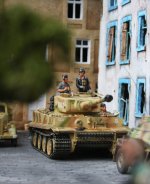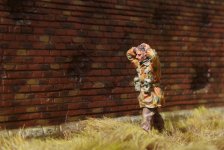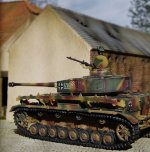panda1gen
Colonel
- Joined
- Jul 29, 2005
- Messages
- 8,155
Another excellent post on the subject. Thank you.
Cheers,
Grey
Kevin the chaos and confusion continues unabated, aptly conveyed in your narrative. Robin..
Thank you Grey and Robin, but Middlebrook, especially with the veterans' stories, really enabled this part of the narrative.




































